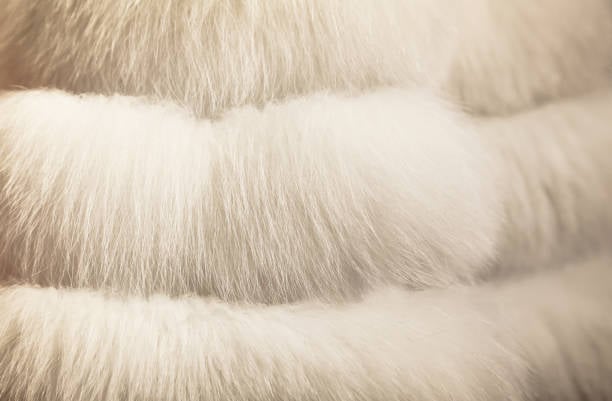Table of Contents

What is Faux Fur Fabric?
Faux fur fabric, a sartorial marvel in the realm of textiles, has emerged as a compassionate and stylish alternative to traditional fur. Crafted from synthetic fibers, faux fur replicates the luxurious look and feel of real fur without compromising ethical principles. Understanding the intricacies of its production, treatment, and the broader implications of its use is key to appreciating its role in the evolving landscape of sustainable fashion.
How is Faux Fur Fabric Made?
Gathering Raw Materials:
The journey of faux fur begins with the selection of synthetic fibers. Commonly used materials include polyester and acrylic, chosen for their durability and ability to mimic the texture of natural fur.
Conversion of Fibres to Faux Fur Fabrics:
The selected fibers undergo a manufacturing process where they are transformed into a fabric that closely resembles the texture and appearance of real fur. Advanced technology ensures that each strand is intricately designed to capture the essence of fur without compromising on ethical standards.
Treatment of Faux Fur Fabrics:
To enhance the fabric's aesthetics and functionality, various treatments are applied. This can include processes to achieve specific colors, patterns, and textures. Additionally, treatments may be employed to improve the fabric's resistance to wear, tear, and environmental factors.
Labeling of Faux Fur Fabrics:
Transparent labeling is crucial in the faux fur industry. Proper identification ensures that consumers can make informed choices, distinguishing between faux fur and real fur products. Regulations and industry standards play a vital role in preventing misrepresentation and promoting ethical practices.
Faux Fur Fabric Pros and Cons
Pros:
Cruelty-Free Fashion:
Faux fur eliminates the ethical concerns associated with traditional fur, allowing for guilt-free indulgence in luxurious fashion.
Affordability:
Faux fur is generally more cost-effective than genuine fur, making it accessible to a broader demographic of consumers.
Versatility:
The synthetic nature of faux fur enables a vast array of creative options regarding colors, patterns, and styles, allowing for versatile fashion choices.
Weather Resistance:
Unlike natural fur, faux fur maintains its aesthetic appeal in various weather conditions, ensuring durability and functionality.
Cons:
Environmental Impact:
The production of synthetic fibers for faux fur raises concerns about resource consumption, reliance on non-renewable materials, and the potential for environmental pollution.
Microfiber Pollution:
Washing faux fur items can release microfibers into water systems, contributing to the pervasive issue of microplastic pollution.
Durability:
While durable, faux fur may not possess the same longevity as real fur, potentially leading to a shorter lifespan and increased waste.
Conclusion: Striking a Balance
In the ever-evolving landscape of sustainable fashion, faux fur fabric stands as a commendable alternative, offering style without compromising ethical values. Acknowledging both its merits and challenges allows consumers and the industry to make informed choices that contribute to a more compassionate and eco-conscious future. As we navigate the realms of faux fur, the dialogue surrounding sustainability, transparency, and ethical fashion becomes paramount in shaping a conscientious approach to our sartorial choices.
